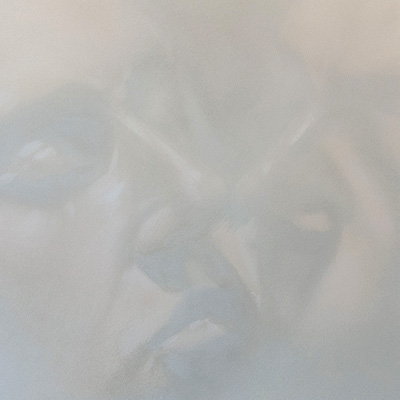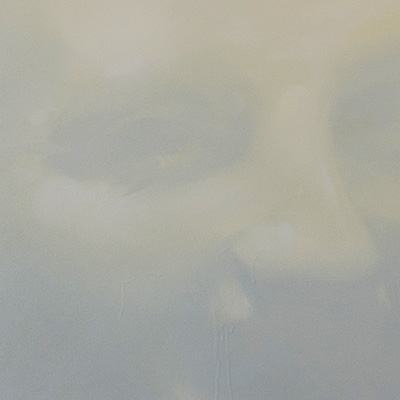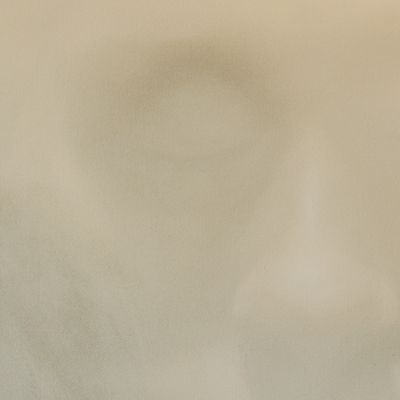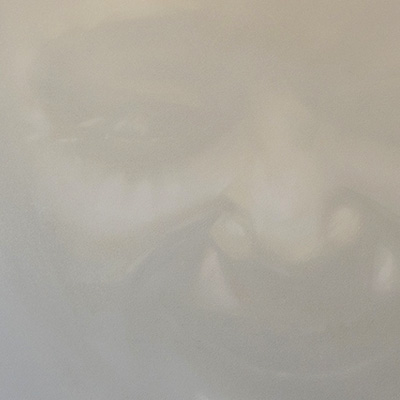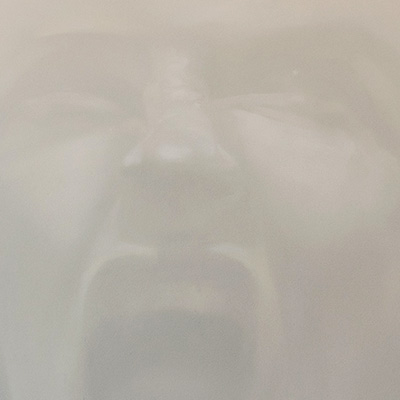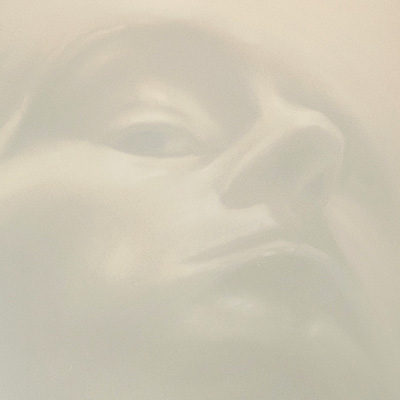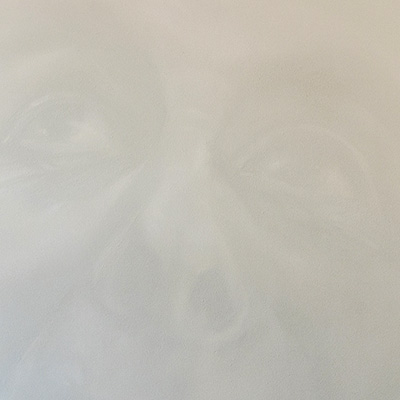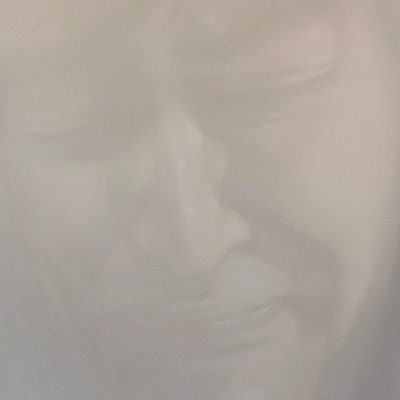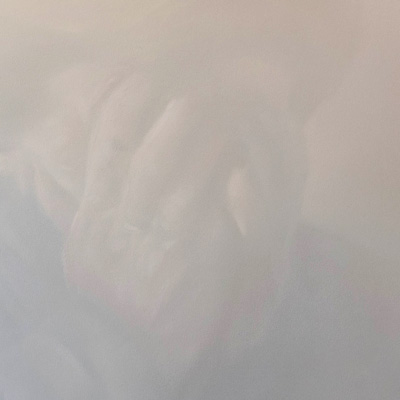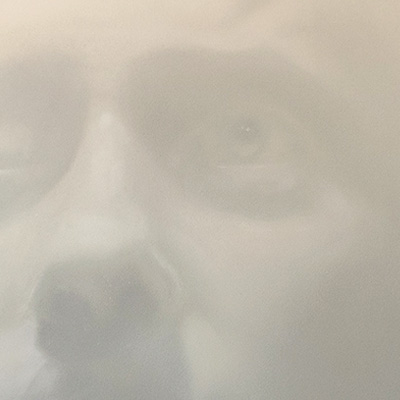
2019-2020
The Empatia series talks about human emotions, states of mind, which are increasingly difficult to express, perceive and understand. The key to reading is empathy, that instrument of our brain that we sometimes use with difficulty. Gradually, our ability to feel emotions disappears, just like the images in this series. Empatia is the result of pictorial research begun in 2013 on sensory perception, linked to sight and concentration. In 2017, I completed this first research with a series of white monochrome portraits. 4’33 ’’, the name of this series, is inspired by the namesake song by composer John Cage. It’s a 4 minute 33 second piece of silence. Since then, Empatia has continued to explore the same subject, using a very narrow color scale and a color palette dominated by white. Contrast is created more by the alternation of warm and cold colors and complementary colors than by chiaroscuro. My pictorial technique gives a very veiled perception of the work. My intention is to put the public in an equivocal position. Indeed, after a first analysis the paintings seem uninhabited. It is after an effort of attention that reading the work becomes possible. Time is essential to take the full measure of Empatia: time for reflection, time for creation, time for the public to perceive and tame the work, and above all time to approach and listen. his emotions. The purpose of this process is to reflect on the lack of attention we have towards the world around us. We often tend to hide our emotions, out of fear, out of conformity, out of habit, so as not to reveal ourselves to others or even to ourselves.
I use white canopies to hide the emotions that the faces depicted in my paintings show, just as we tend to veil our feelings. But, in the same way that time allows us to discover the subject of my works after a more in-depth visual analysis, it also allows us to regain our empathy, to perceive the emotions of those around us and to sweep away the superficiality of our ties.


